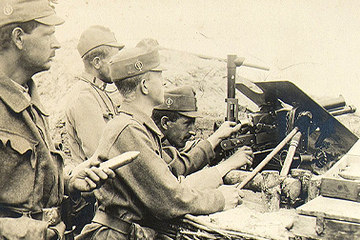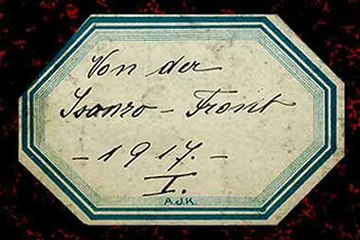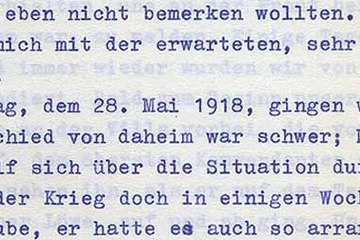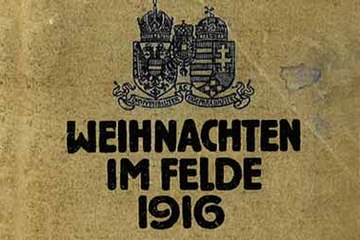In order to keep Italy on the side of its Triple Alliance partners, or at least to ensure the neutrality of the Apennine Kingdom, territorial cessions were on table from the outset. But the Entente also wanted to secure the goodwill of the Roman government using this method. So began the manoeuvring and haggling for the most favourable conditions and alliances.
Barely had the Habsburg Monarchy made a decision to strike militarily against Serbia, than the Italians invoked the Triple Alliance treaty. Referring to its seventh article, they demanded various forms of compensation in case of occupation of enemy territory by the Austro-Hungarian army, even if only temporary. To some extent annoyed, the Austrians, who reacted in a hostile manner, were forced to acknowledge that Rome could even count on the backing of Berlin in this matter. From the perspective of the government in Vienna, however, a compromise appeared possible only in the Balkans. It therefore indicated a willingness to talk concerning Albanian territories, while acting guardedly concerning Italian claims to the Trentino region.
In Berlin one could reconcile oneself with Rome’s demands. At the beginning of 1915 the Germans held out the prospect of compensation for Austria-Hungary in the form of Polish coal regions. Vienna, however, took the path of confrontation and similarly demanded compensation on account of Italian expansion in the Aegean region.
In turn the Apennine Kingdom pushed up the stakes. In view of the recognition that more could be expected from the Entente than from the Central Powers, especially the Habsburg Empire, it hardened its stance with special wishes. This strategy was undermined ultimately by the Treaty of London of April 26, 1915, in which the western powers pledged to the Italians the expansion of their area of influence in the Adriatic and up as far as the Brenner.
After that, things moved swiftly. Foreign Minister Sonnino abrogated the Triple Alliance treaty at the beginning of May. Two weeks later the parliament in Rome invested the Salandra government with extraordinary powers in the case of war. At the same time, on May 20, general mobilization was announced for May 23. On this day, Whitsun Sunday 1915, Austria-Hungary was handed a declaration of war by Italy.
Afflerbach, Holger: Der Dreibund. Europäische Großmacht- und Allianzpolitik vor dem Ersten Weltkrieg, Wien/Köln/Weimar 2002
Hürter, Johannes (Hrsg.): Der Kriegseintritt Italiens im Mai 1915, München 2007
Isnenghi, Mario/Rochat, G.: La grande guerra 1914–1918, Mailand 2000
Rauchensteiner, Manfried: Der Erste Weltkrieg und das Ende der Habsburgermonarchie 1914–1918, Wien/Köln/Weimar 2013












